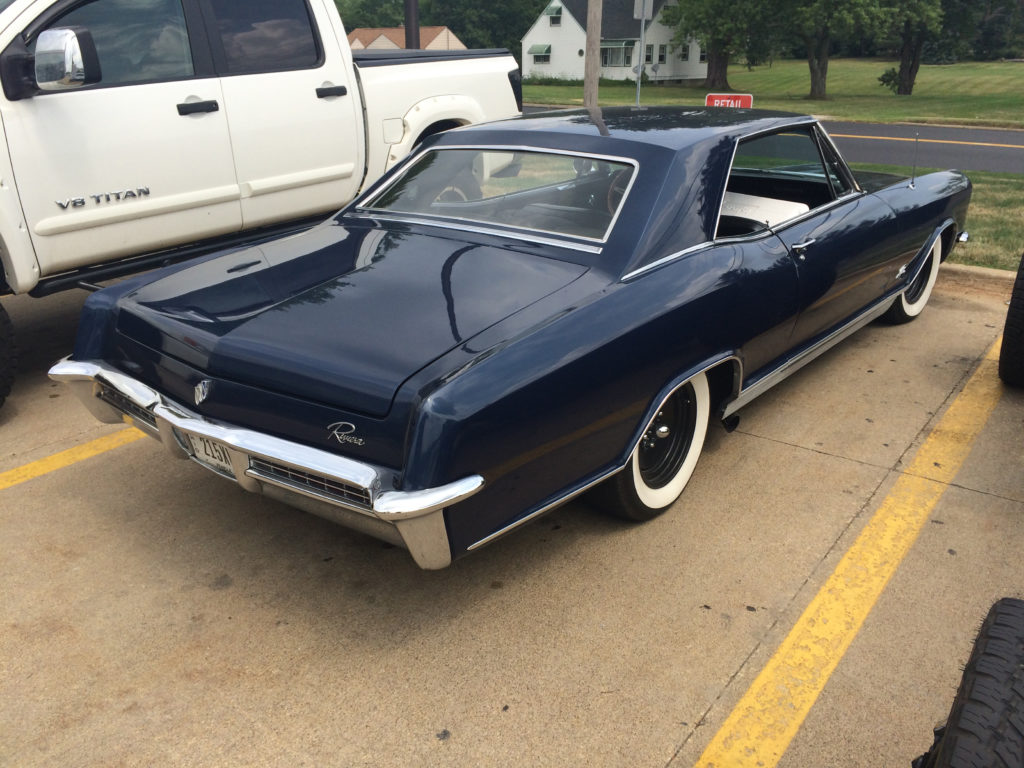Got questions?
We’ve got the answers—the Summit Racing tech department tackles your automotive-related conundrums. This week, we’re diagnosing carbon deposits on an exhaust system and resolving a rich air/fuel mixture.
My Buick Riviera has a 350 Buick engine, a 350 turbo/hydro-automatic transmission, and a Chevelle 12-bolt posi rear-end. I redid the upper end with some Clevite guts and new gaskets, and it runs like a champ.
My exhaust is showing heavy carbon on both tips. It’s not smoking or consuming any oil. The carb is a Rochester two-barrel with two mixture screws on the front. Do you think the carbon could be related to the fuel mixture, or maybe the grade of fuel?
J.K.

A: The carbon deposits have nothing to do with the grade of fuel. The carbon is most likely the sign of a rich mixture at the carburetor. This could occur on a cold start when the choke is on, at idle with a rich idle mixture, or at part-throttle with jets that are too large. The two screws on your carb control the idle circuit and nothing else, so just set them to get your highest vacuum reading at your desired idle.

Hi..I have the same problem with a 2012 Chevrolet Camaro rs/ss..stock set up except for an AFE cold air intake and flownaster American thunder exhaust.. I’ve owned the car since new and it has done this ever since..car has 6,000 miles
I have a 2013 f150 5.0 with a super 40 flowmaster same thing i habe no problems
Check if the air filters are clean.if your spark plugs are older than 1 year change it for new ones. How is your oil use? If your oil is verry dark, do a oil flush. If that is not helping go to a store where they can read your ecu. If nothing special comes out, go to a tuner where they can chip/tune the ecu